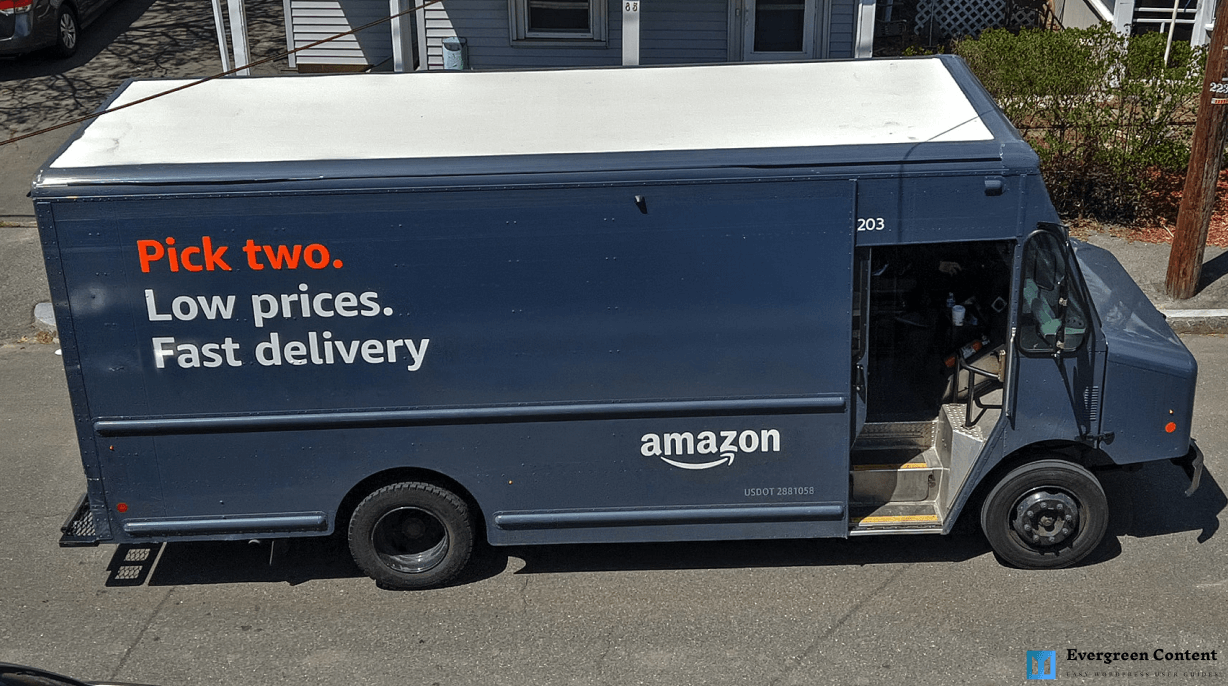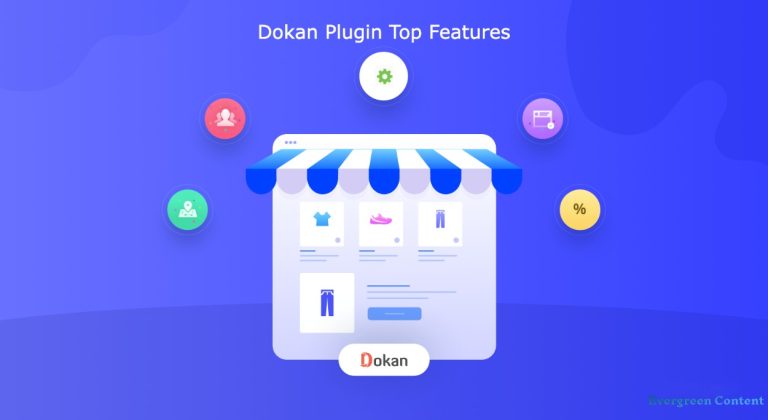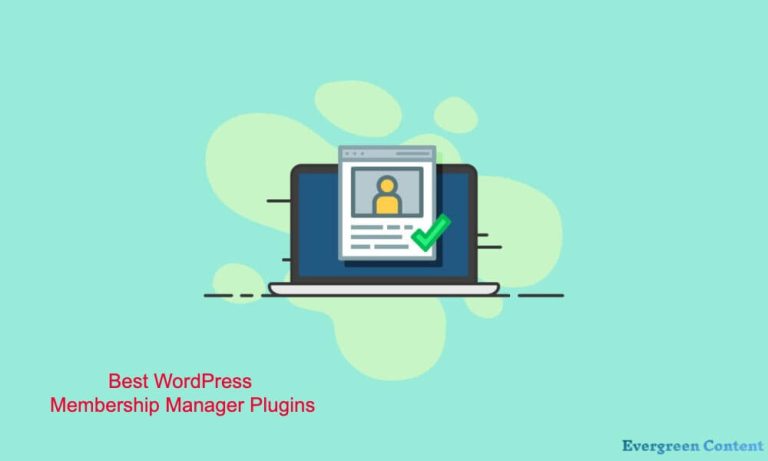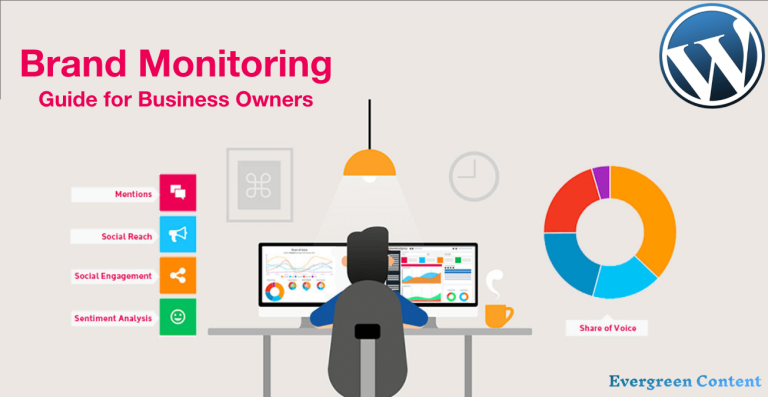How Retailers Can Survive in this Amazon Era
Let’s begin with a story!
You may have heard about diapers.com. It was an eCommerce site for baby diapers. In 2005, Marc Lore and Vinit Bharara jointly founded the business in Montclair, New Jersey. They used to sell other products as well like baby clothes, car seats, strollers, and toys.
In a very short time, it turned into a popular website. In 2009, Amazon decided to acquire the website. They offered the web owners a considerable amount of money. The offer was turned down. Then Amazon adopted a curvy strategy.
They freed Amazon Prime for married couples with babies for the next three months. They started massive advertising around, ‘Become an Amazon-Mom!’ Millions of shoppers started flocking to Amazon.com to purchase baby product items overnight.
Indeed, Amazon itself lost million-dollar profits due to freeing up its Prime services. But it led to an overnight collapse in the sales of diapers.com. Marc and Vinit had no way left other than selling their business. On 8th November 2010, Amazon acquired diapers.com for 545 million dollars.
Since then, anyone searching for the website was being re-directed to Amazon.com. In 2017, Amazon officially shut down the website, saying it was no longer profitable. But the fact is all the premium products of diapers.com took place on Amazon.com.
diapers.com is not the only example. The same happened with Soap.com, Beautybar.com, and others. This way Amazon established an invisible monopoly on the market. Their dominance in the eCommerce market has already reached a scary level.
It’s becoming increasingly difficult for independent retailers, especially those with very limited capital, to survive in the Amazon-controlled market. This article will provide you with an in-detailed analysis of how retailers can survive in this Amazon era. Selling on Amazon could be a solution but let’s check the details.
How Amazon is Eating the Retailers
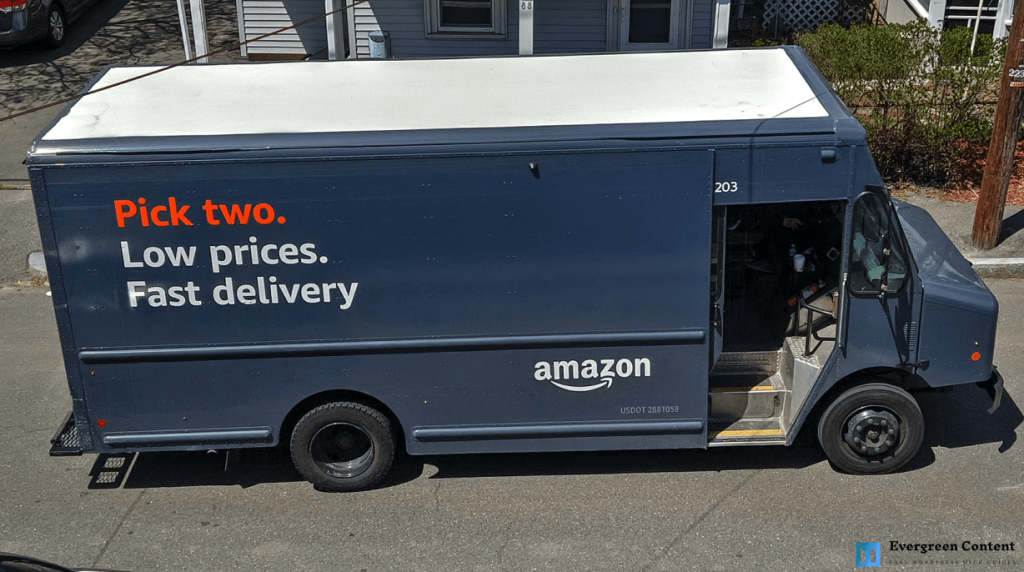
Amazon is not just an eCommerce platform. It’s one of the top five tech firms in the world. In addition to a massive financial backup, they have an incredibly big loyal customer base.
Due to these positional and strategic advantages, Amazon can easily influence the retail market. This is why Amazon is eating out the retailers and is no longer a rumor. Let’s keep an eye on how they do it.
- Apply Predatory Pricing
- Take Over the Retailers’ Market
- Amazon Prime Service
Apply Predatory Pricing
Predatory pricing is the approach by which dominant firms deliberately down the price of their products for a short time. Though it costs them a huge financial loss, things become difficult for their competitors to survive in the market.
Once the competitors die, the dominant firms return to their previous pricing state. This is how they establish an invisible monopoly. We have exemplified how Amazon does it with others.
Take Over the Retailers’ Market
Amazon has millions of active sellers onboard. When a product starts getting demand and prospects, Amazon can quickly take over its market by stocking that item in large quantities. They can directly contact the manufacturer for the products at a lower price.
They can even hire manufacturers if necessary. Amazon has done this countless times to date. It destroys the market of small retailers.
Amazon Prime Service
In 2005, Amazon Prime came to the market – a private brand of Amazon. It is a subscription-based service. It allows customers to enjoy many exciting features like fast delivery (within two hours to two days), exclusive discounts, entertainment, free gaming, etc.
Amazon usually stocks all the highly demanding products in its Prime list. When someone makes an order, Amazon quickly completes the fulfillment. But small retailers? Neither they can stock lots of products, nor they can offer quick delivery due to budget shortages.
6 Challenges for Retailers in Near Future
More than 44% of all product searches in the USA start with Amazon. Since the breakout of the Covid-19 endemic, their sales volume went incredibly high. They are currently one of the richest companies in the world. Trying to beat them is almost a nightmare.
But don’t give up your hope! Amazon isn’t the end of this world. Still, you can create a position of your business in the heart of your customers. For that, you need to know the challenges you’ll face in the retail industry in the coming days.
- Online Presence is a Must
- Same Day Shipping
- Quick Return and Refund
- Mobile Technologies
- Voice Search and Chat Boot
- Personalized Marketing
Online Presence is a Must
46% of buyers prefer to shop their products from a physical store. It indicates the brick-and-mortar store is still playing a great role in the retail industry.
Retail Dive
The worrying fact is over 80% of buyers start product research with a digital channel. Transaction Agency says 65% of customers love comparing product prices through mobile while in a physical store.
It indicates if you want to survive in the retail market, you must have an online presence for your business. You can do it whether by joining a marketplace or creating an eCommerce site.
Same Day Shipping
Popular marketplaces like Amazon have opened countless warehouses in different locations to speed up product delivery. Recently, Amazon experimented with drones to bring a revolution in this field.
But it’s quite impossible for small retailers to deliver products so fast. Better you start with a limited local market. You don’t need to be an Amazon prototype today. You can target the local zones where you can deliver products within the quickest possible time.
Quick Return and Refund
Return and refunds are annoying to any eCommerce firm. But it’s more annoying to the customer. Nobody expects to receive broken items after ordering online. It’s not just a matter of money but a waste of time.
No matter how careful you are, getting this number down to zero is impossible. In the coming years, handling returns and refunds will become crucial for any online business.
Mobile Technologies
Today, our life is mobile app-centric. Most of us use some common mobile apps to buy products. Sometimes, we open popular marketplace apps 5-10 times a day. The tendency to visit eCommerce websites is falling gradually.
In 2021, Walmart topped the ranking of shopping apps with an average of 120 million active users monthly. Amazon was second on the list with 98 million users.
Statista
It means to survive in the near future, your online stores must be optimized for mobile technologies.
Voice Search and Chat Boot
Marketplaces like Amazon are not just shopping platforms. Many people visit there just to enjoy interactive features. Voice search and chat boot are two impressive features. They help customers find their desired products in a short time.
Also, they help marketplace owners understand the customers’ needs and demands. Don’t worry if you are a small retailer. There are many limited-price tools online that you can use to activate these exciting features on your website.
Personalized Marketing
Who doesn’t love appreciation? When a shopkeeper greets his customer, he feels honored. If the shopkeeper remembers his likes and dislikes, he feels overwhelmed. Due to human-brain limitation, you can’t do it with each of your customers.
But it’s easy in eCommerce. With analytics and customer tracking tools, you can monitor the footprints of your web visitors, their sessions, product searches, and other activities. Accordingly, you can approach them with personalized follow-up emails.
How to Compete with Amazon- The Right Way
Often we hear Amazon is a billion-dollar company. But who earns all that money?
There are about 3 million active sellers on Amazon. It’s increasing by 17% yearly. Surprisingly, less than 10% of them make $100,000, and only 1% make $1 million in sales.
Market Pluse Research
Amazon Basic is another private brand like Amazon Prime. It won’t charge you any subscription fee. You will find everything you need here but at fewer discounts. The rest features (fastest shipping, quick refunds) remain the same.
Those who cannot afford Amazon Prime can subscribe to the Basic version. This is how Amazon hooks customers. So from onwards, whenever you hear Amazon is making billions, remember its lion’s share goes to Prime and Basic, not the retailers.
Then how to compete with Amazon? We recommend you try the below approaches. We have divided these approaches into two categories: things you should do on Amazon and things you should do on your eCommerce site.
5 Things You Should Do on Amazon
Money-making on Amazon is super easy- said many people. But you will discover it’s not that easy after you join there. You must use the platform in some curvy ways. Make sure the following things when you sell products on Amazon.
- Never Give up Your Margins
- Don’t Violate Amazon Policies
- Research Before Copying Best-Selling Products of Amazon
- Don’t Ads to Buy Your Product on Amazon
- Don’t Wait for Amazon to Run Out of Stock
Never Give up Your Margins
Amazon cuts a commission when retailers make a sale. Retailers tend to keep their margins low so that customers can afford the product. This is a wrong move. You can’t make huge money by keeping your profit margin.
Again, if you start selling products in bulk, Amazon can source them overnight and list them on the Prime and Basic catalogs. So, why should you sacrifice your margin? Just use this platform as a way to promote your products.
Don’t Violate Amazon Policies
Many online retailers usually include their store links in their Amazon product descriptions. This is a very cheap way to grow your brand exposure. Don’t try to get traffic from Amazon to your eCommerce site this way.
Many customers mark these retailers as scammers. Never do these cheap things. You must follow all the rules and policies when you sell on Amazon.
Research Before Copying Best-Selling Products of Amazon
Many retailers copy the best-selling items on Amazon to make quick money. This may be a wrong move if you don’t research well. If you find those best-selling items are already listed on Amazon Prime and Basic, you must avoid them.
We have explained the reasons above. As a small retailer, it will be tough for you to sell those products in the face of Amazon’s aggressive strategies.
Don’t Ads to Buy Your Product on Amazon
If you run ads on social media to let customers buy your products through Amazon, you are just helping Amazon. Because its cross-selling strategy can quickly move your visitors to other products.
Better to burn money to bring visitors to your eCommerce website. The best practice is you add your Amazon store link to your eCommerce site for branding purposes.
Don’t Wait for Amazon to Run Out of Stock
Some retailers just wait to see when Amazon goes out of stock. They wait for this period to maximize selling through aggressive marketing. This approach may give you only 30-60 days of opportunities in a whole year.
If you want to grow as a brand, this approach won’t help you anyway. But they can be a handy approach if you want to make money on a short-term basis.
6 Things You Should Do on Your eCommerce Store
Already we described the importance of having an online presence for your retail business. We will cover now what you must do in your online store.
- Focus on Personalized Marketing
- Work on Niche Marketplaces
- Ensure Easy Checkout Process
- Have Fast Return and Refund Policies
- Clarify Product and Shipping Information
- Create Your Own Marketplace
Focus on Personalized Marketing
Personalized marketing will be the norm for the eCommerce industry in the near future. It can be a great way for small retailers to grow a strong bond with their customers.
There is much software available online you can use to follow up with audiences. You can easily track their activities, search lists, and preferences using them. Finally, you can approach them with wonderful messages.
Work on Niche Marketplaces
Amazon sells a wide assortment of products you can’t even imagine. No matter how much traffic Amazon gets, the number of your target audience will naturally be less. So, isn’t it better to join a niche-specific marketplace?
Asos, BigBar, AirBnb, and Uber are renowned fashion, food, accommodation, and transportation marketplaces. Joining there, you can enjoy less competition, pure traffic, find target audiences, and focus on self-content.
Ensure Easy Checkout Process
Keep the checkout process easy and simple on your eCommerce site. It’s really annoying if customers have to visit more two-three pages after clicking the checkout button. It will lead you to miss out on many potential customers. Put all your creativity in your content pages, not in the checkout process.
Have Fast Return and Refund Policies
You will hear most marketing pandits say- customers are always right. But we don’t support this philosophy. Customers even make mistakes and blame you without knowing their faults.
Explain to them their mistakes in a soft tune. If the customer is stubborn, please refund him even at a financial loss to save your brand. Better you keep a budget right from the beginning to handle such unpleasing situations.
Clarify Product and Shipping Information
Naturally, it’s impossible for small retailers to offer the fastest delivery service like Amazon. However, you will find countless customers who are ready to compromise with long shipping times if you offer them products at lower prices.
Clarify everything in your product and shipping description. Try to add more value through personalized relationships, unique products, and after-sale services to have a great prospect in the market.
Create Your Own Marketplace
The global market is not one’s own property. Look back to history. Giant firms have always existed in the world. Many of them still exist. But for this, small retailers never disappeared from the market.
Today, building an Amazon-like marketplace isn’t a difficult thing. There are many software and SaaS solutions by which you can create a marketplace in a short time. If you have a certain amount of budget, you can even kickstart your marketplace in no time.
Besides, a few retailers like you can come together to launch a marketplace. You don’t need to be big like Amazon overnight. But it will safeguard your business from the aggressive influence of Amazon.com.
Final Thoughts on Selling on Amazon- Should You Avoid Amazon?
By 2024, eCommerce sales will reach 6 billion USD where marketplaces will be the major contributor.
Statista
Selling on marketplaces has some exclusive benefits. Such as more visibility, cost reduction, contact with the target audiences, earning reliability, and avoiding logistical hassles. These are impossible to enjoy through simple eCommerce sites.
So having an eCommerce site doesn’t mean you should avoid selling on Amazon. If you can use the platform following all the strategies described above, there is no possibility of financial loss. Alongside promoting your products will bring some extra income.

